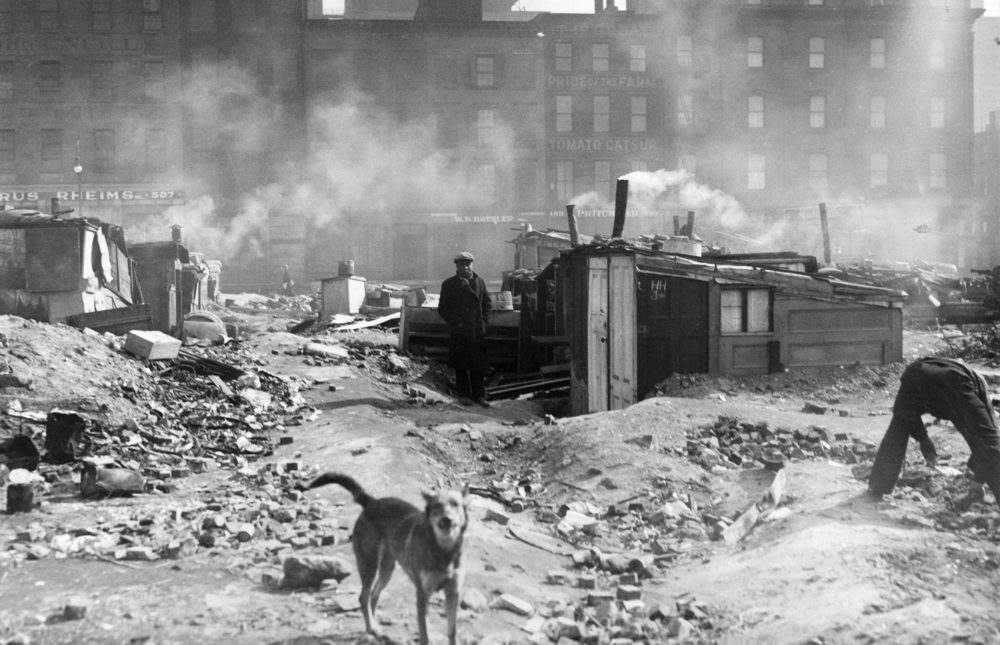
Everett Historical / Shutterstock
Critics of this fall’s tax reform spectacle on Capitol Hill never seem to miss an opportunity to contrast the GOP’s rush to judgment today with what they hail as the measured, bipartisan approach to tax reform back in 1986.
Back then, the line goes, legislative statesmen from both sides of the aisle joined and vanquished tax policy’s most ornery sacred cows. They slashed individual tax rates while closing loopholes favored by corporations—without party line votes or deceitful math.
But if we want a historical analogy that illuminates our present political moment, we would do well to ditch 1986 and look back to 1932, a year when America’s political elites made an amazingly brazen tax move to comfort America’s already comfortable. Sound familiar?
At that time, we were in trouble. The Great Depression had left government barely able to function. New revenues, almost everyone agreed, simply had to be raised.
Where to get these revenues? According to the political elites, top Democrats and Republicans alike, only tax breaks for the rich could start the nation down the road to prosperity.
…
